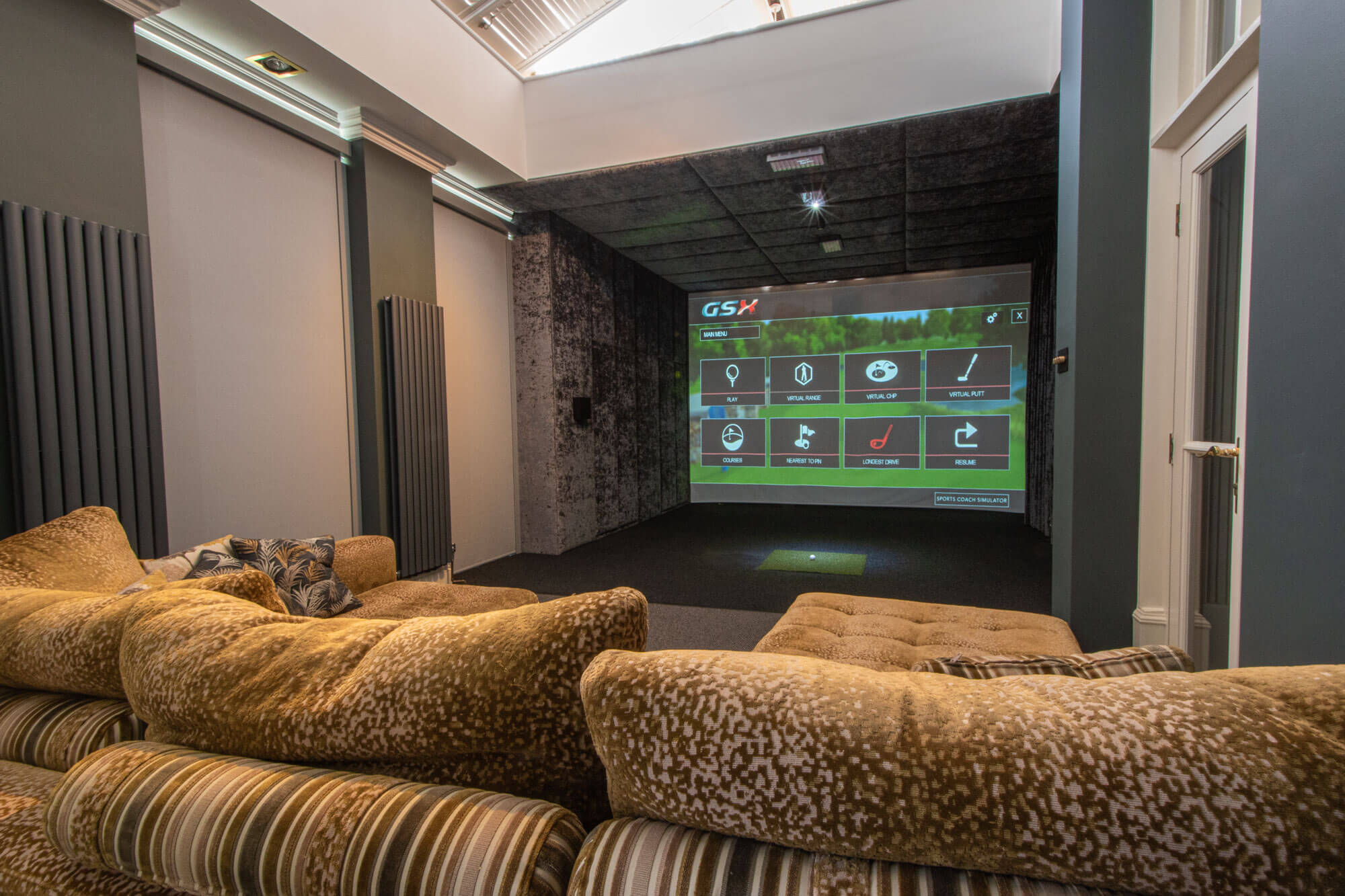Building the ideal home theater is an thrilling venture that can elevate your movie-watching experience into something really spectacular. With developments in innovation and aesthetics, there are numerous options than before for homeowners looking to set up their very own cinema room. Whether you're a dedicated movie buff or just desire to enjoy a family movie night, understanding the basics of home cinema installation is crucial to obtaining the finest outcomes in sound, picture quality, and overall ambiance.
In this definitive guide to home cinema installation, we'll examine everything you need to know before getting into your project. From choosing the right components and setup options to understanding the subtleties of room design and maintenance, our thoroughgoing overview will help you make informed decisions. We'll also dive into the most recent trends in home theater technology, showcasing must-have tools and design inspirations that can accommodate any budget. Prepare to turn your home into a film paradise.
Key Components for Home Cinema
Creating an immersive home cinema experience starts with selecting the right components. Key items include a high-quality projector or display that supports 4K or higher resolution, and a reliable surround sound system tailored to your space. Audiovisual equipment should be complemented by comfortable seating that enhances the viewing experience, enabling everyone to enjoy those long movie marathons. Room layout and design are equally important is just as critical, as it impacts both visual perspectives and sound quality.
Lighting plays a significant role in creating the right ambiance for movie nights. You should ideally include dimmable lighting solutions that can be lowered to enhance your viewing experience without causing eye strain. Additionally, using room-darkening curtains can further improve picture quality by eliminating any ambient light. Attention to these details will help create the cinema-like ambiance that makes movie watching a joy.

A further important point is preparing for hidden wiring and audio treatments. Establishing a home cinema often involves detailed wiring, so organizing cables in a way that hides them while ensuring simple access for future upgrades is vital. Soundproofing measures, like wall panels can significantly improve sound quality by cutting down on echoes and enhancing accuracy. By tackling these important issues, you can guarantee your home cinema setup is both aesthetically pleasing and very efficient.
Design and Room Enhancement
Creating an optimal environment for your film room goes above just choosing the appropriate equipment; it's about optimizing the whole area for both functionality and ease. Start by evaluating the layout of your room. The ideal space should facilitate effective seating that maximize sight lines while lessening distractions. Home Cinema Albury End Hertfordshire at the viewer's eye level with viewers positioned, and ensure there is adequate distance between the chairs and the display for an immersive viewing experience. Room shape can greatly affect sound and visibility, so aim for a layout that enhances both.
Audio treatments play a crucial role in enhancing audio fidelity within your environment. To achieve best acoustics, you may want to acquire sound-absorbing panels, bass traps, and diffusers carefully positioned around the room. These components help to control sound bounces and reverberations, providing definition and richness to your sound system. Don’t forget to take into account flooring and wall materials; carpet can help with sound absorption, while hard surfaces might require supplementary treatment to control sound.
In conclusion, lighting is an important factor in establishing an appealing atmosphere for cinema experiences. Add variable options to regulate brightness levels and explore installing smart lighting systems that can adjust based on the time of day or the kind of viewing. Additionally, blackout curtains can prevent outside light from interrupting with the cinematic experience. With thoughtful design and improvement, your home theater can become a true retreat for entertainment.
Maintenance and Improvements
Regular maintenance is key to maximizing the lifespan and efficiency of your home cinema system. Dust can accumulate on parts, potentially impacting their functionality, especially in projectors and speakers. A systematic cleaning routine, along with occasional checks for enhancements and software improvements, ensures that your technology remains in optimal condition. Cleaning your screens and lenses gently will keep images clear and vivid, while also preventing any degradation in sound quality by ensuring speakers are clear.
Upgrading your home theater equipment can significantly enhance your viewing experience. As technology advances, 4K and 8K displays are gaining more affordable and can transform your visuals. Conversely, audio technologies such as Dolby Atmos are paving the way for surrounding soundscapes. Reviewing your system every few years for possible upgrades—whether it's a new projector, speakers, or an audio receiver—can make a significant difference in your home cinema experience and keep your configuration relevant alongside new technologies.
Lastly, consider the benefits of smart home compatibility for an upgraded experience. Many modern systems now allow smooth interaction with smart devices, providing control over illumination, sound, and visuals from your smartphone or tablet. This kind of integration not only enhances ease of use but also adds a touch of sophistication to your home cinema setup. Staying informed about new technologies and trends can help you make informed decisions on how to maintain and improve your home theater system effectively.
